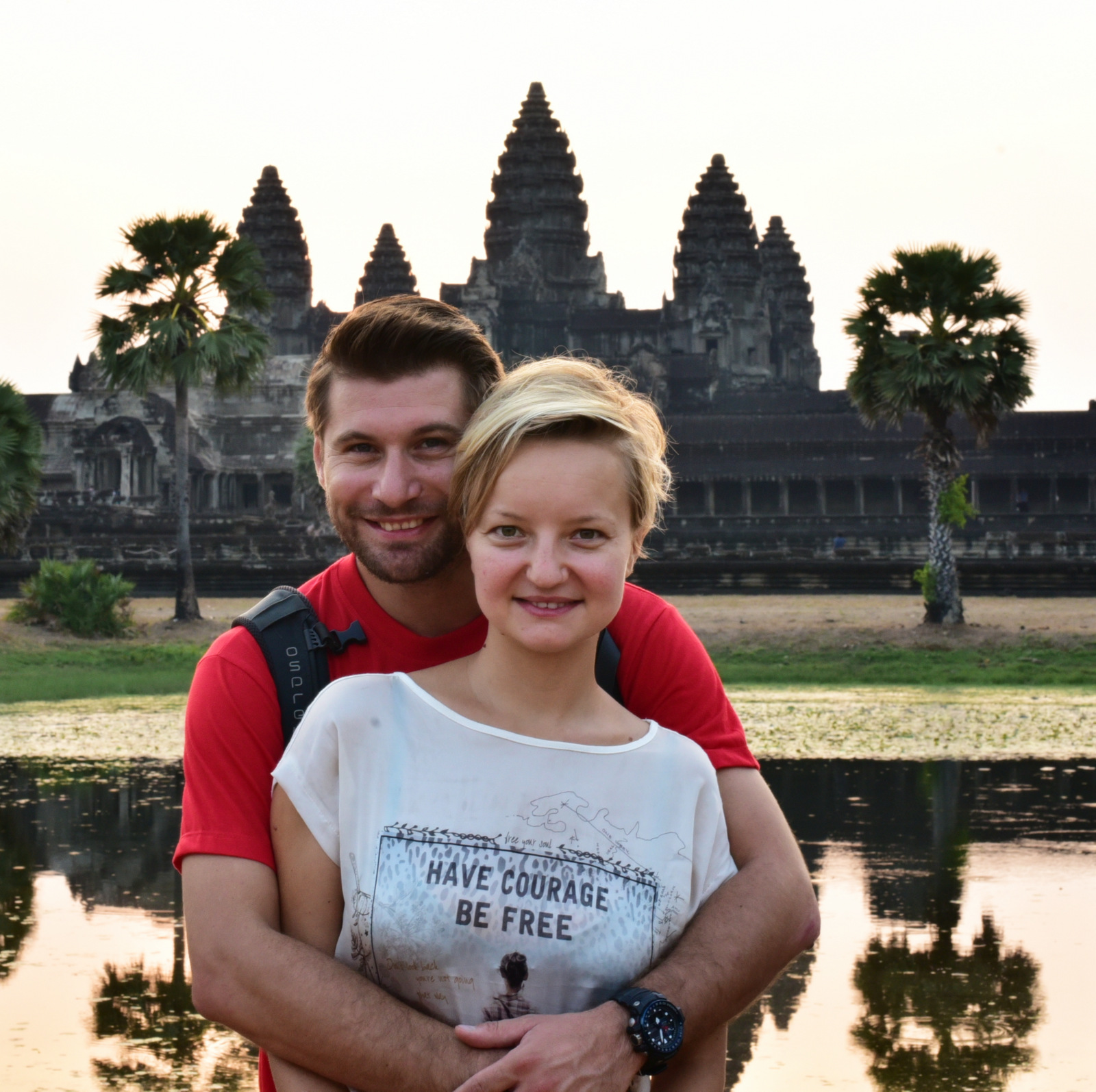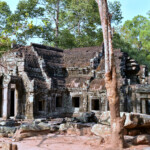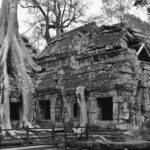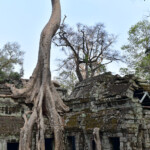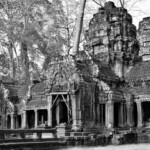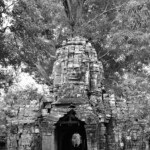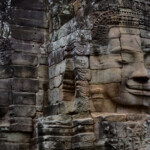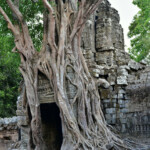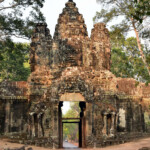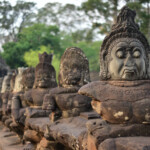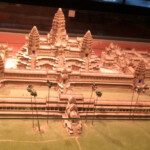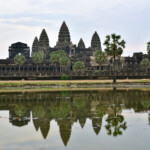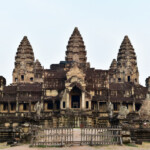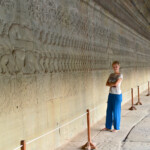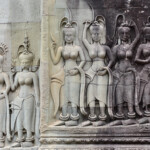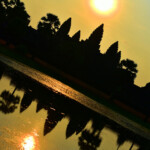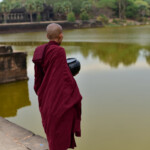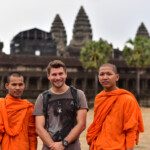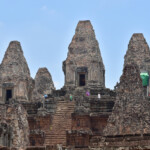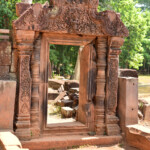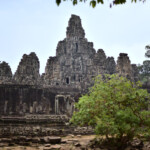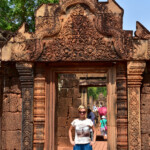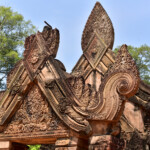Angkor Wat – one of the wonders of the world
Any quest to find out more about the history, cultures, civilizations, religions, arts and the daily lives of the people in SE Asia must take you to Angkor in North-Western province of Siem Reap, Cambodia.
From the 9th to 15th centuries Angkor was the capital of the Khmer Kingdom that spanned over today’s Cambodia and parts of Laos, Thailand and Vietnam. Today is one of Asia’s most important archeological sites and home to scores of temples, canals, routes and … forests growing through the temples walls.
During half millennia of Khmer occupation, Angkor was an important pilgrimage destination in South-East Asia and the center of the Khmer universe. Attacked by the Thais and witnessing increasing drought and desertification the city was abandoned in the mid 15th century at the order of the king. Angkor was forgotten for a few centuries and fell prey to the growing nature. Only few wandering Buddhist monks passing through the dense forests occasionally came upon the magnificent ruins. The fables that the temples were built by the ancient gods soon became legends and by the time the French explorer Henri Mouhot re-discovered the sacred site in 1860 more than 400 years have passed since the last permanent occupants of the city have left.
Today the temple complex of Angkor extends around 400 km² around the ancient capital, including the pinnacle of the Khmer architecture – the Angkor Wat temple complex (which is itself the largest religious monument in the world spanning over 162 ha).
Built in the 12th century by the king Suryavarman II, Angkor Wat was initially dedicated to the Hindu god Vishnu, but it was transformed into a Buddhist temple towards the end of the 12th century which continues even today.
Because of the impressive dimensions, diversity, incredible level of detail and sheer awesomeness we have spent 3 days to explore the different temples that are part today of the Unesco World Heritage complex. We witnessed 2 sunsets and one sunrise at Angkor Wat eager to capture all the changing colors of the stone giant. Being the dry season the reflective pond in front of the main temple was almost empty and the vegetation around quite faded, but the experience was still really impressive.
Beside the main temple we wandered deep into the forests to observe the evolution of the Khmer temple architecture along the centuries. We were amazed by the level of details in the carvings at Banteay Srei (Lady Temple), by the force of nature and its power to swallow any trace of human intervention if enough time is given at Ta Prohm (where enormous trees have grown through the stone walls), by the 200 massive stone faces facing all directions at Bayon (also known as Tomb Raider temple after the homonymous movie)… Dozens and dozens of other smaller or bigger temples, towers, bridges, walls are scattered throughout the site and await to surprise anyone who dares to make a visit.

